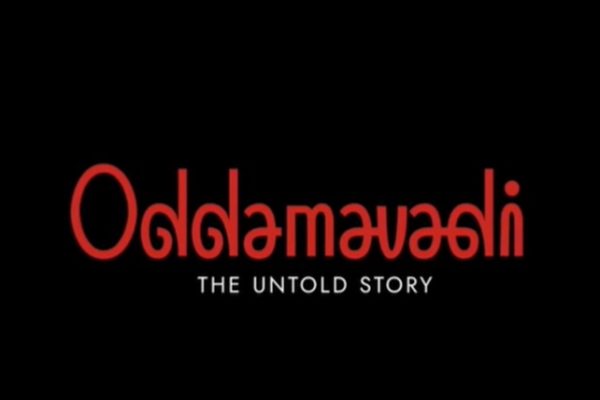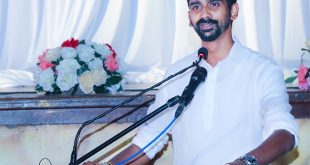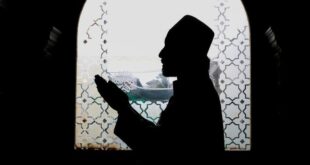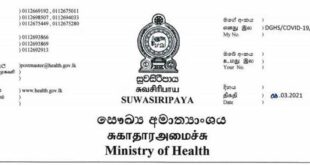The 11-Member Expert Panel appointed by the Ministry of Health has revised its recommendation to include both cremation and burial of COVID-19 dead bodies in Sri Lanka.
The panel chaired by Prof. Jennifer Perera, Senior Professor in Microbiology in its recommendations submitted to the Ministry of Health this week said, “’While firmly standing by on the previous recommendation and guidelines on exclusive cremations of dead bodies as the most appropriate method of disposal which was based on the understanding at the time, the expert committee has revised the recommendations on disposal of bodies to include both cremation and burial, while adhering to the specified safety precautions.”
On 24th December 2020, the Ministry of Health appointed a panel of virologists, microbiologists and immunologists to provide their expert opinion on the safe disposal of human remains of COVID-19 infected people. The members of the panel comprised of Prof. Neelika Malavige, Professor in Microbiology, Dr. Geethani Galagoda, Consultant Virologist, Dr. Janaki Abeynayake, Consultant Virologist, Dr. Rajeeva de Silva, Consultant Immunologist, Dr. Kanthi Nanayakkara, Consultant Vaccinologist, Dr. Malika Karunaratne, Consultant Microbiologist, Dr. Saranga Sumathipala, Consultant Virologist, Dr. Nadeeka Janage, Consultant Virologist, Dr. Rohitha Muthugala, Consultant Virologist and Dr. Dulmini Kumarasinghe, Consultant Virologist.
In a communication dated 24th December 2020, Dr. S. H. Munasinghe, Secretary to the Ministry of Health requested the panel to provide scientific evidence and expert opinion on the behavior of the SARS CoV-2 virus remaining in a corpse of a COVID-19 infected person after death.
Dr. Munasinghe also requested the panel to provide recommendations on whether burial can be used as an option for safe disposal of corpse of a COVID-19 infected person. The expert panel was also requested to provide guidance to be adhered to, for the safe disposal of corpse of a COVID-19 infected person if burial is considered an option for disposal and to also provide recommendations on the involvement of family members and religious personnel during the cremation or burial processes used for disposal of the body.
In the recommendation submitted to the ministry, the expert panel said that key points and scientific evidence were considered in drafting the report. The report stated that the viruses cannot replicate in the body once an infected person dies and the remaining virus in the body dies over a period of time with the death of a person as there are no more living cells.
The panel also highlighted that the SARS-CoV-2 virus infection is not a water-borne disease. “Contamination of water by residual virus in a corpse leading into the water table through layers of soil to reach levels of the infectious dose is very remote as any residual infection virus continues to die. Furthermore, any residual infectious virus that reached the water table gets diluted in the large volume of water. Therefore, the amount of virus in water is insufficient to lead to infection either by ingestion, contact with mucus membranes, or through contaminated hands as the minimal infectious dose of the virus is quite high. For the same reasons, there also has been no evidence of transmission through water contamination from burial by SARS or influenza. However, water contamination could be avoided to a large extent by wrapping the body using virus impervious material such as use of non-biodegradable body bags.”
In the four-page report submitted to the Ministry of Health, the expert panel also provided further recommendations for the disposal of a body from the health facility/mortuary to the crematorium/burial site and participation of family members and religious dignitaries.
The recommendations were:
- The dignity of the dead and their families should be respected and protected as far as possible throughout the process used for the disposal of the body.
- Designated healthcare personnel should only do the handling of the corpses.
- The body should not be handed over to the relatives for cremation or burial.
- Ensure all those who interact with the body (the healthcare and mortuary staff) apply standard infection prevention and control (IPC) precautions. Continuous and adequate hand hygiene supplies, PPE, cleaning and disinfection supplies should be made available.
- The bodies for cremation or burial should not be embalmed.
- The cremation or burial should be carried out within 24 hours, once the order for disposal of the body is given.
- The body should be laid inside a double layered body bag, prior to placing in the coffin. The body bags should be of 300 um thickness, padded with absorbent material, leak proof and non-biodegradable.
- Viewing of the body will be permitted only within the healthcare facility/mortuary.
- If the family wishes to view the body, open/unzip the body bag and allow them to view the body at a one-meter distance wearing a mask and keeping a distance of one meter from each other. Touching the body or the belongings of the dead person is not permitted. The body should not be removed from the body bag for viewing.
- Only 4 persons from the family will be allowed to view the body. Two persons at a time should be allowed to view the body and a maximum period of 5 min/per two persons should be allowed for viewing the body under supervision. A total period of 10 min is allowed for viewing the body.
- When the body is transported to a crematorium/burial site by health authorities, a maximum of 4 persons from the family could be permitted to accompany the body in a separate mode of transport.
- The crematorium/burial site designated by the healthcare authorities should be used for disposal of the body.
- The coffin shall not be opened for any reason at the crematorium or the burial site.
- Allow 10 minutes for any religious activity under supervision at the crematorium/burial site prior to cremating/burying while observing social distancing and standard precautions. Only one religious dignitary and 4 persons from the family will be permitted to be present during the religious activity.
- The bottom of the grave should be 1.5 m from the ground surface and 1.2 m above the water table. The distance between burial site and field drains should be 10 m minimum. The distance between burial site and drinking wells, boreholes, and wells should be 250 m minimum. The distance between burial site and springs and water courses should be 30 m minimum as per current recommendations by global experts.
Post Disclaimer | Support Us
Support Us
The sailanmuslim.com web site entirely supported by individual donors and well wishers. If you regularly visit this site and wish to show your appreciation, or if you wish to see further development of sailanmuslim.com, please donate us
IMPORTANT : All content hosted on sailanmuslim.com is solely for non-commercial purposes and with the permission of original copyright holders. Any other use of the hosted content, such as for financial gain, requires express approval from the copyright owners.
 Sri lanka Muslims Web Portal Sri Lanka Muslims News Center
Sri lanka Muslims Web Portal Sri Lanka Muslims News Center
 Donate
Donate


